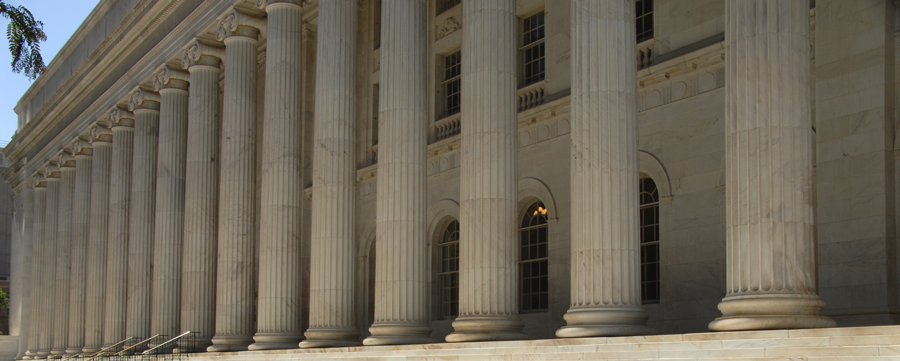Abstract
This Essay explores the evolution of the remarkable new view of religion and the Constitution during the Rehnquist Court era. Part II analyzes Justice Scalia’s dissent in Lee v. Weisman, which set out the agenda for the religious caucus of the Court in the early years. Part III shows how the rhetoric of equality and historical grievance has been used to dismantle the boundary—for old time’s sake, let us call it a “wall of separation”—that separated religious institutions from the public fisc. Part IV analyzes Justice Scalia’s dissent in McCreary County v. American Civil Liberties Union. In that dissent, as he did in Lee v. Weisman, Justice Scalia seemed to draw a battle map of how his troops would storm the next walled city of separation. The Conclusion suggests what the territory may look like if the pro-”traditional religion” forces achieve all their objectives. It is, I argue, not a pretty prospect, and it is pregnant with precisely the malign possibilities that led the Framers to include the oracular but powerful Religion Clauses in the Bill of Rights.
Keywords
Establishment clause (Constitutional law), Free exercise clause (Constitutional law), Constitutional law, William H. Rehnquist, 1924-2005, United States. Supreme Court, Lee v. Weisman 505 U.S. 577 (1992), Church and state, Freedom of religion, United States Constitution, United States
